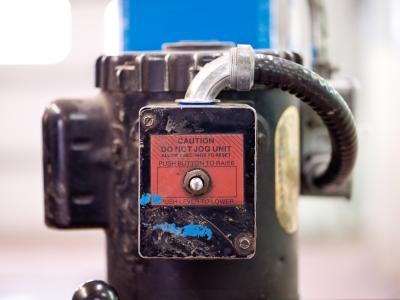
Installing an on-board air compressor in your vehicle will give you a continuous supply of compressed air for aftermarket upgrades. It can be used to supply air actuated suspensions on street trucks as well as air operated differential lockers on off-road vehicles. The compressor may also be used to supply a large reservoir tank to operate a variety of air operated tools. The usefulness of the compressors, especially with an off-road vehicle, will give you peace of mind when you are miles away from civilization.
Locate a suitable place to mount your compressor. A Viair compressor may be mounted in any position except upside down due to heat dissipation issues. The sealed units may be mounted underneath the vehicle and units that aren't sealed should be mounted in the engine compartment. The ground wire of the unit should not be lengthened, so be sure a suitable ground point is within reach of the compressor mounting location.
Mount the air storage tank in the desired location either under the vehicle or inside the engine compartment. Install the proper pressure switch and one end of the air line into the air storage tank. The switch should be rated for the air PSI of your particular compressor. The air line fittings should be sealed with Teflon tape to prevent leaks. If the switch and air fittings will be hard to access after installation of the air tank, they may be installed prior to mounting the tank.
Connect the opposite end of the air line that is connected to the tank to the air output line of the compressor. Be sure to use Teflon tape on the fittings to prevent leaks.
Consult a wire sizing chart for the appropriate size wire for the electrical connections to the compressor. The wire size is determined by the length needed from the compressor to the battery and back and also the amperage draw of your particular compressor model. Disconnect the negative battery cable of the vehicle for safety.
Connect the power wire of the compressor to terminal 87 of the relay. Connect the ground wire of the compressor to a secure chassis ground on the frame of the vehicle. Connect terminal 30 of the relay directly to the positive battery post with the proper fuse inline. Terminal 85 of the relay should be connected to a secure chassis ground. Connect terminal 86 to one side of the installed pressure switch and the opposite terminal of the pressure switch should be connected to a power wire that is controlled by the vehicle's ignition when it is on the "on" position. Reconnect the negative battery cable and test the compressor and check for air leaks.